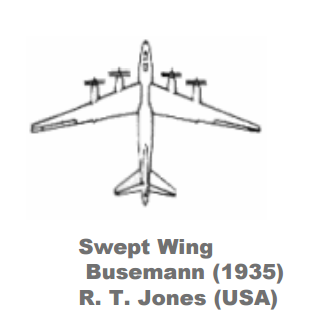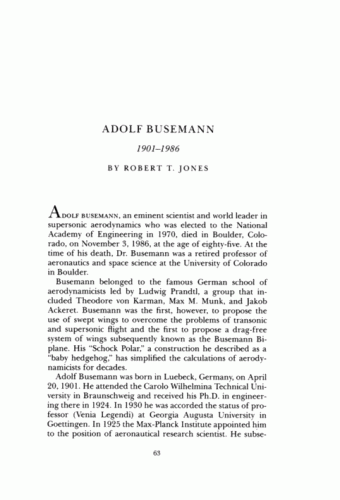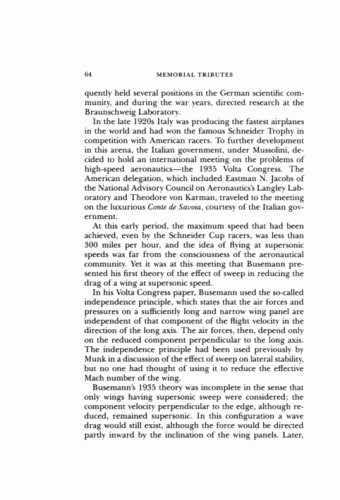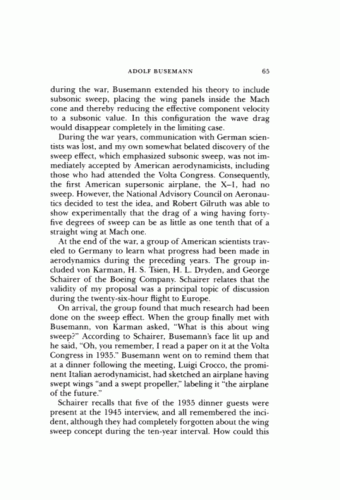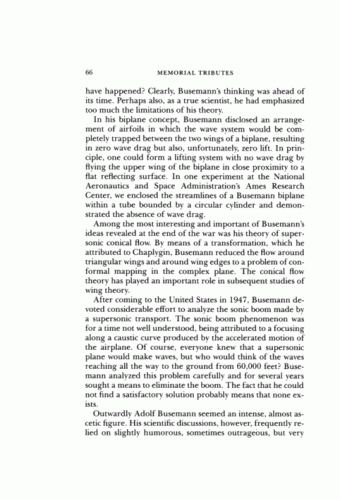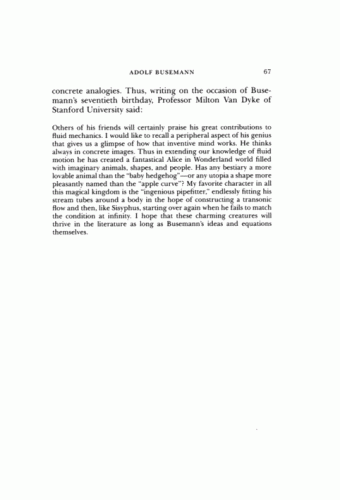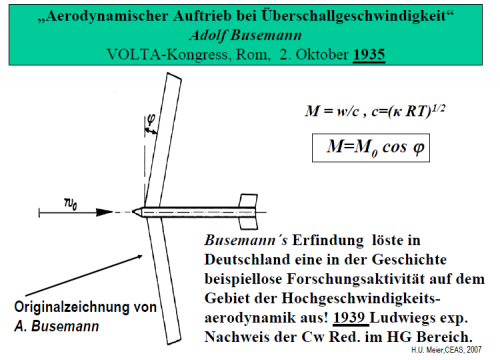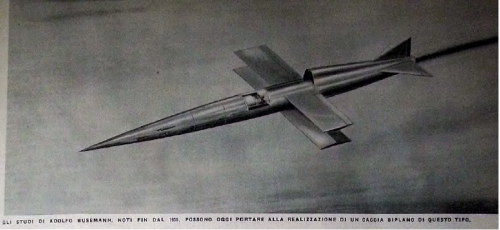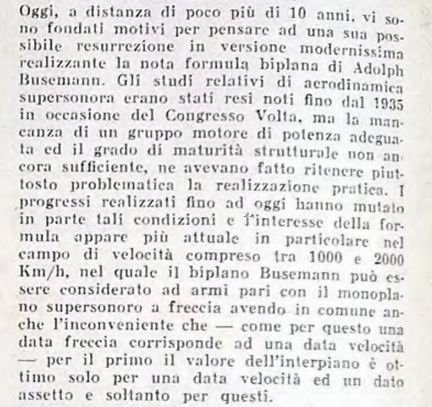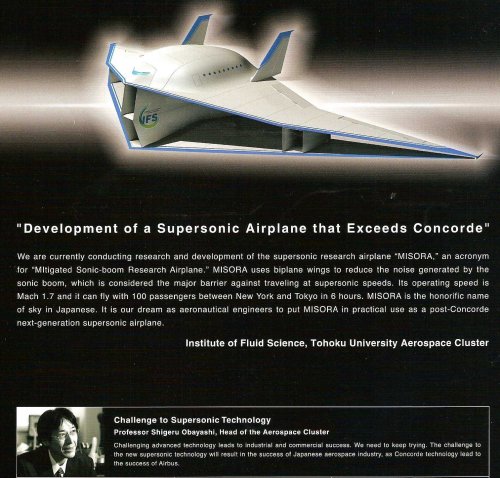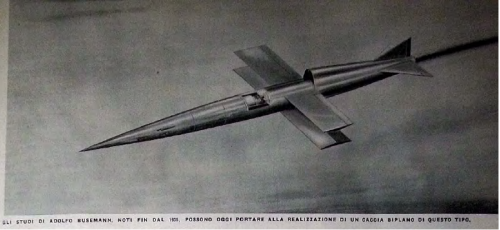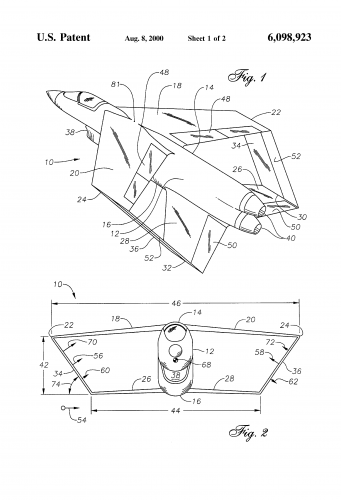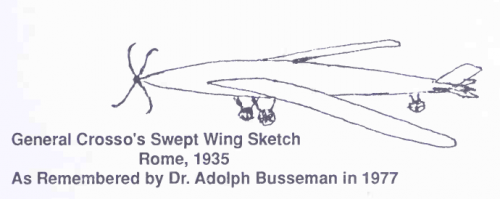- Joined
- 26 May 2006
- Messages
- 32,647
- Reaction score
- 11,834
Hi,
the designer Adolf Busemann was a Germany,later migrated to USA,and he painted
a drawing to a four engined swept-wing aircraft in 1935,I don't know if it's all thing
in this period or he had anther projects,no 3-view available.
https://books.google.com/books?id=hafMBQAAQBAJ&pg=PA576&dq=busemann+swept+wing+Biomimetics&hl=ar&sa=X&redir_esc=y#v=onepage&q=busemann%20swept%20wing%20Biomimetics&f=false
the designer Adolf Busemann was a Germany,later migrated to USA,and he painted
a drawing to a four engined swept-wing aircraft in 1935,I don't know if it's all thing
in this period or he had anther projects,no 3-view available.
https://books.google.com/books?id=hafMBQAAQBAJ&pg=PA576&dq=busemann+swept+wing+Biomimetics&hl=ar&sa=X&redir_esc=y#v=onepage&q=busemann%20swept%20wing%20Biomimetics&f=false

